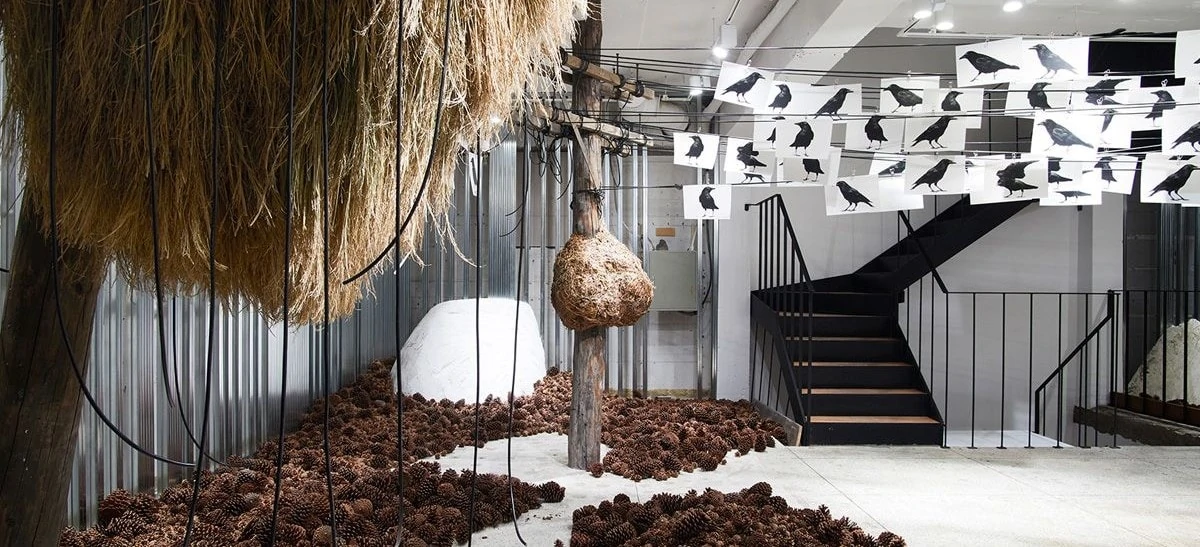ECO DESIGN
The previously mentioned Brutalist and industrial trends can be also linked with sustainability. In looking to create raw forms and structures, designers are re-evaluating the waste economy and experimenting with non-virgin materials to create the desired industrial and minimal effect. This experimentation and mindful process is particularly apparent in luxury environments.
If environmental awareness is a facet of new social capital, and sustainability is an expectation from all brands, then luxury brands are expected to go further still. With large budgets at their disposal, sustainability in luxury brands is more than just an obligation; it’s an opportunity for engagement, storytelling and innovation.
Eco-luxe stores allow resourceful designers to seek materials from new, more circular sources and even waste streams as they strive to limit unsustainable practices. Stella McCartney’s London Flagship on Bond Street covers four floors and embodies sustainability throughout. The wallpapers are made from waste paper from the London offices, to help combat air pollution the store has a hidden ventilation systems that removes 95% of air pollutants, and the electricity that powers the store is from all-sustainable sources. The store is also the first to use biodegradable mannequins made from sugarcane bioplastic.
NEW MATERIALS
In other cases, luxury brands are using unexpected materials, finishes and applications in their stores which make bold statements and create disruption. Aesop is a brand that truly understands how to stay relevant through offering unique in-store experiences rather than one-size-fits-all. While tailored to the local environment, these experiences still reflect the brand in every way through application of context-specific material choices. Aesop’s New York flagship exudes luxury with its design choices that, on the surface, appear simple, minimalist and ordered to the point of militant perfection. Yet, the materials used to create this aesthetic are nothing of the sort with its walls covered in 2,800 New York Times newspapers cut into 400,000 strips, stacked and bound.
Changing materials to fit consumer attitudes and expectation is vital and this new era of luxury demands that there must be worth in the materials, finishes and applications used in creating a luxurian environment. Context here is everything however as designs must also challenge the relationship between luxury and materials which are historically understood to be precious or rare; their worth no longer needs to be simply monetary, but show an investment of time, knowledge, and thought.
Designers like Fernando LaPosse are sourcing and creating new luxury materials that reference great craftsmanship whilst also testing the luxury agenda. Laposse’s Totomoxtle utilises the diversity of the native corns of Mexico to create a sustainable veneer that evokes traditional marquetry techniques. The decorative product references heritage and creates a new craft that generates income for farmers and promotes the preservation of biodiversity, as well as being a sought-after and beautiful product with a valuable story woven into its fabric. Just one example of the wealth of experimental new materials at designers’ and architects’ disposal, showing that sustainability need no longer be a boring or lesser option, but a luxury choice in its own right.


